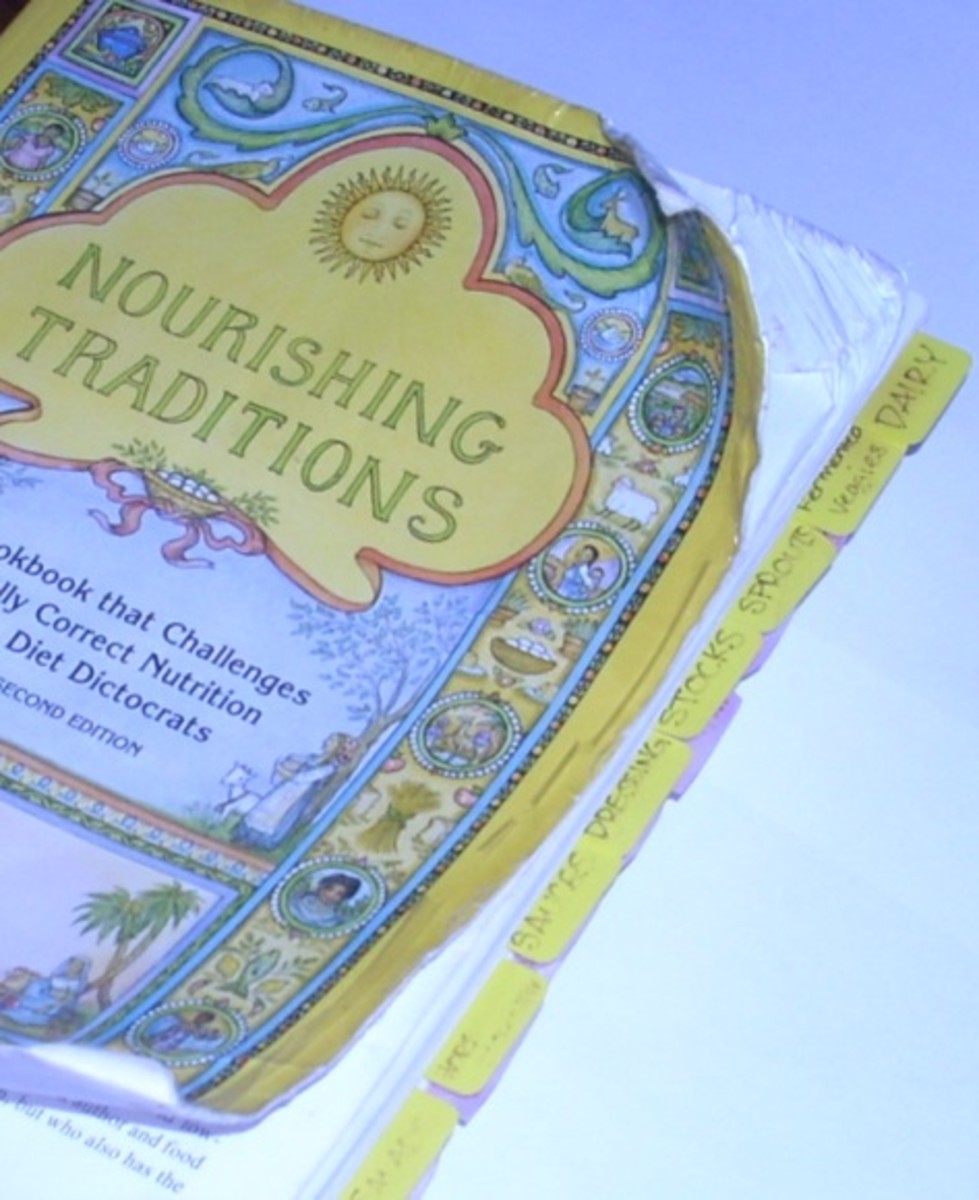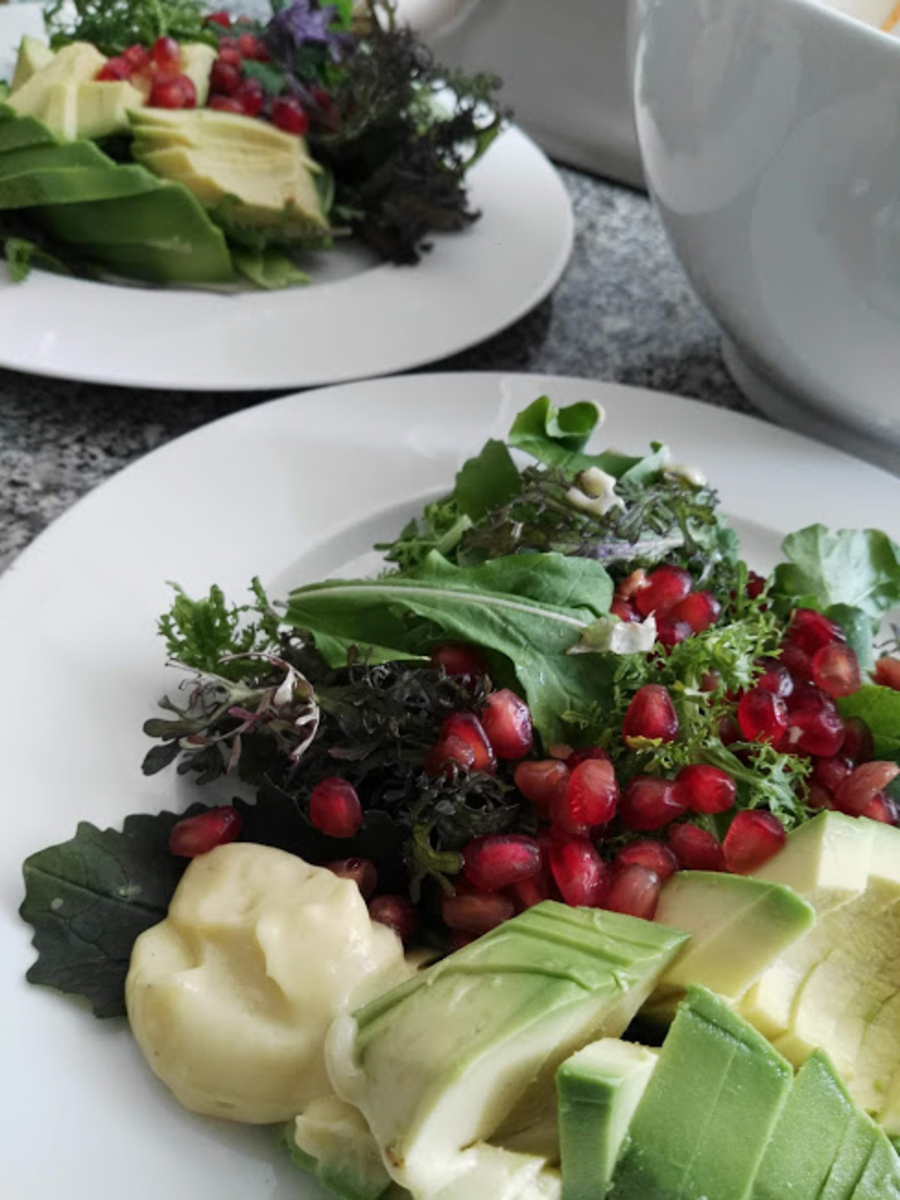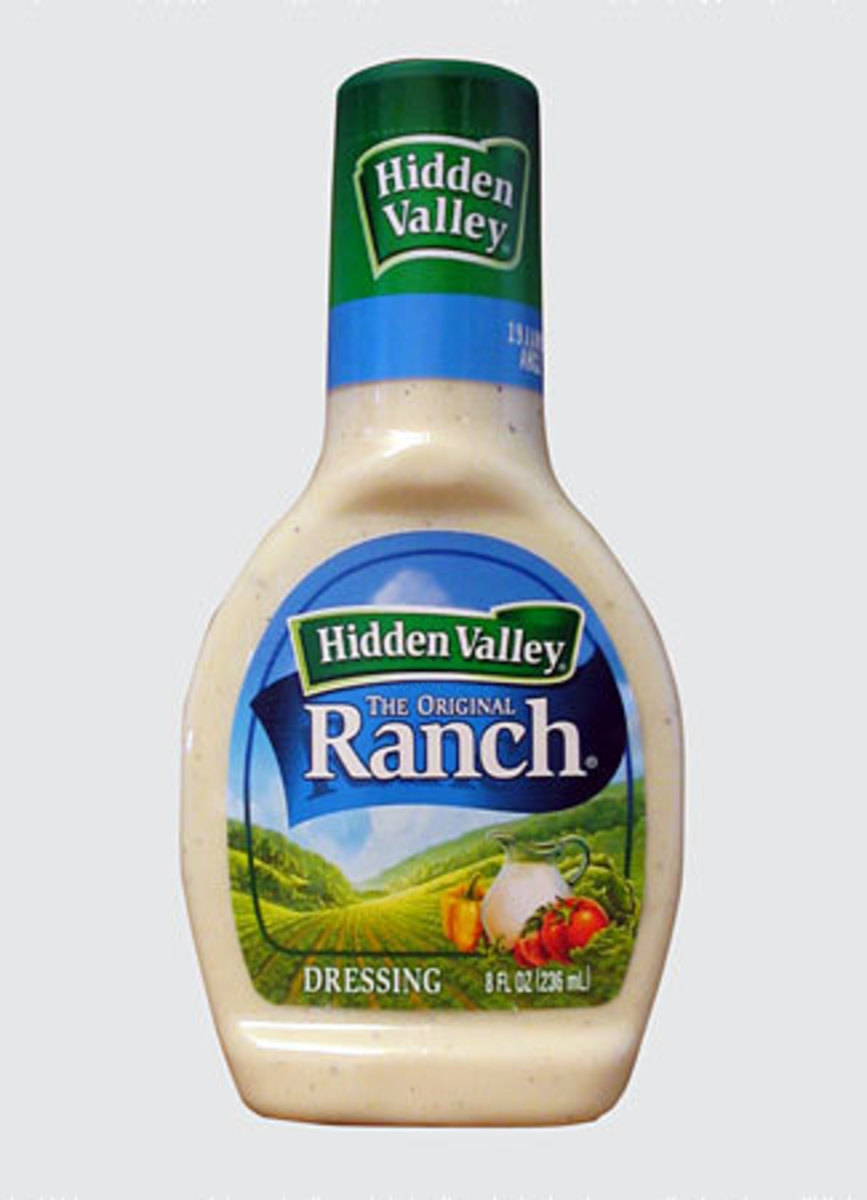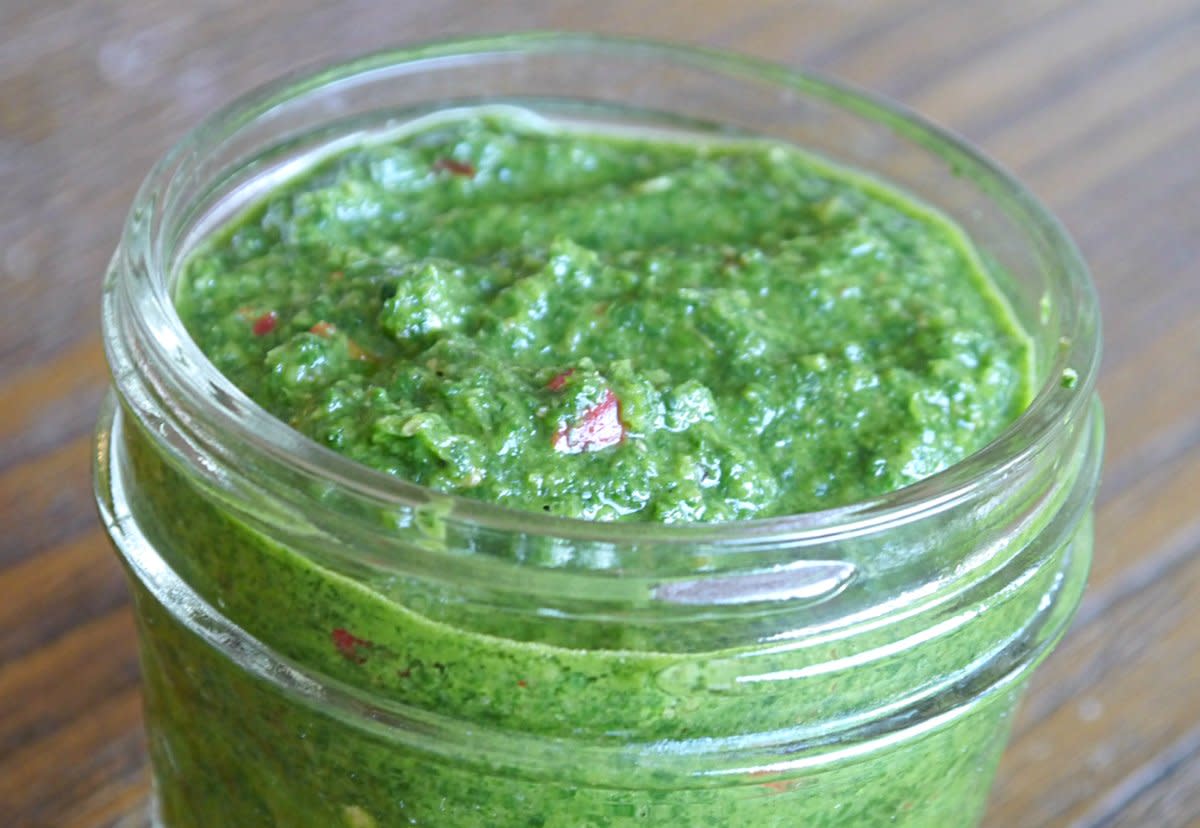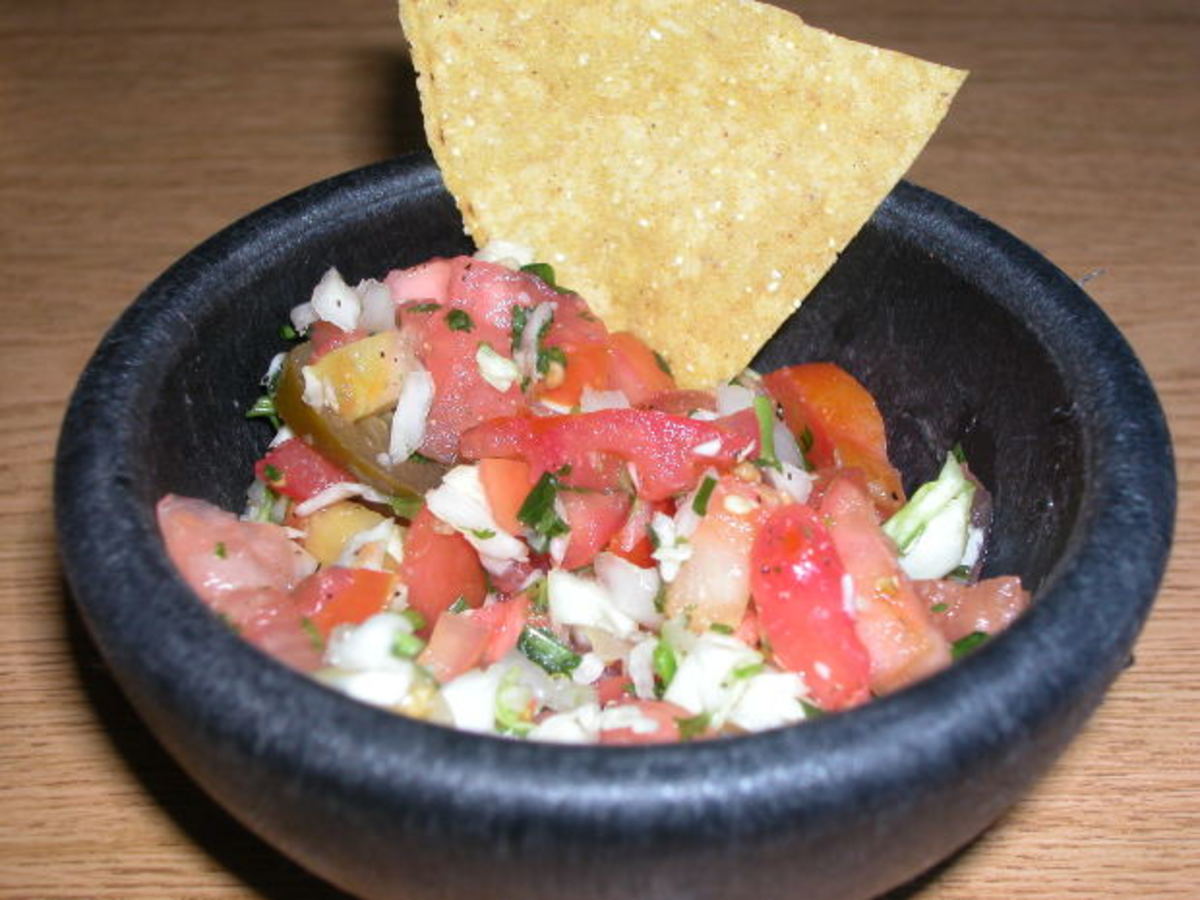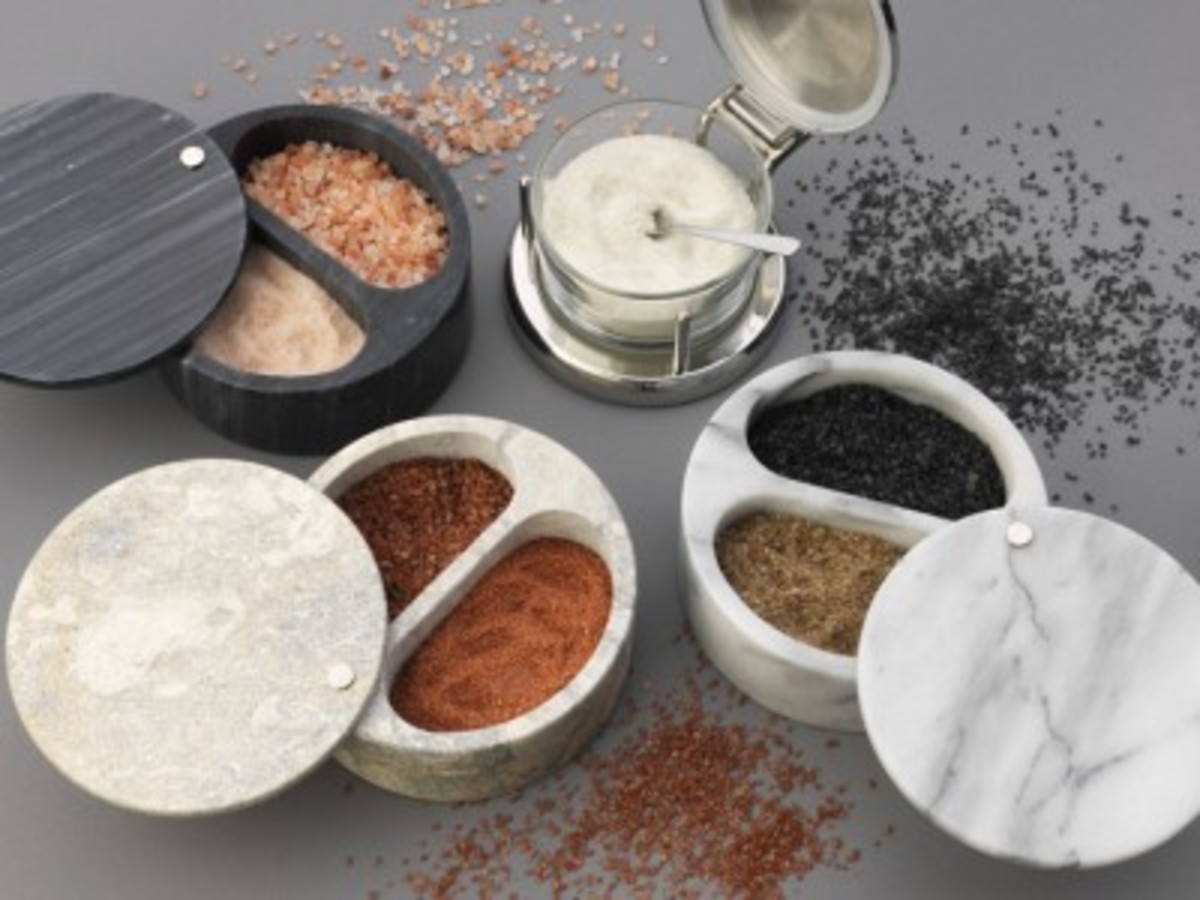Healthy Fermented Condiments from Nourishing Traditions Cookbook
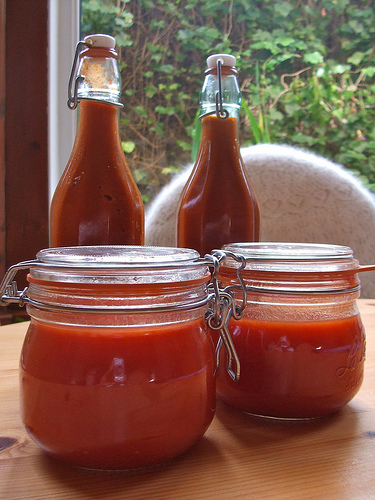
Sally Fallon on Fermented Foods
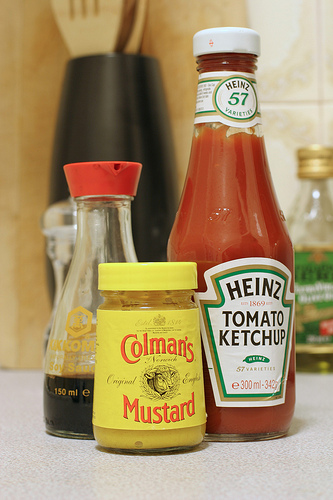
Ketchup
Did you know that originally ketchup was good for you? It was a fermented product that promoted digestion! Ketchup that promoted health. Who knew?! And what happened?
I found this unique history of ketchup in Sally Fallon’s Nourishing Traditions Cookbook. What happened was mass production. Ketchup was “canned” or bottled, and sugar was used rather than relying on lactic acid fermentation for preservative.
The word “ketchup” comes from Chinese, “ke-tsiap”, which is pickled fish brine, and considered “the universal condiment of the ancient world.” The English changed it up a bit, adding things like cucumbers, mushrooms, walnuts, and oysters, but keeping to the fermentation tradition. Americans added Mexican tomatoes, making “tomato ketchup”.
Americans, obviously fond of ketchup, consume a half a billion bottles a year! The number one ingredient of our modern version is tomatoes. It goes downhill from there. The number two ingredient is high fructose corn syrup.
If we revisited the ancient practice of lacto-fermentation, ketchup could return to being a “digestive aid”, instead of a “health liability”. Sally suggests this could be done “as an artisanal product in farming communities”. I don’t really know any of these.
Luckily the Nourishing Traditions Cookbook provides a recipe. Key ingredients are tomato paste, maple syrup, cayenne pepper, garlic, and fish sauce. The fermenting ingredient for NT’s ketchup is whey. The book tells how to make whey and cream cheese from piima milk, whole milk buttermilk, or yoghurt, or from raw milk. The book also tells you how to make the piima, buttermilk, and yoghurt, often using a small portion of commercial buttermilk or yogurt as a starter.
In looking for sources for raw milk in San Antonio, I found Moo Jesus northwest of here. They have an array of organic meats and vegetables, and raw milk products including whey. Maybe Moo Jesus is an artisanal community, but they don’t make ketchup yet.

Mustard
Mustard seed use for food and for healing dates back to antiquity. In China during the Tang Dynasty, it was used to treat lung diseases. The Egyptians used mustard for “respiratory therapy”. In the Middle Ages mustard was used for respiratory ailments such as chest congestion, coughs, and asthma. Eighteenth century English physician Herberden endorsed mustard seed for the treatment of asthma.
Mustard is a cousin of cabbage and broccoli. During grinding the mustard seed contains sinigrin, and releases sulfur compounds and oils. The odor irritates the skin and mucous membranes. All the more interesting that mustard seed has been used all over the world for treating the sinuses and lungs.
The key ingredients of Nourishing Tradition’s mustard are ground mustard, lemon juice, garlic, and honey. Again whey is the fermenting agent.
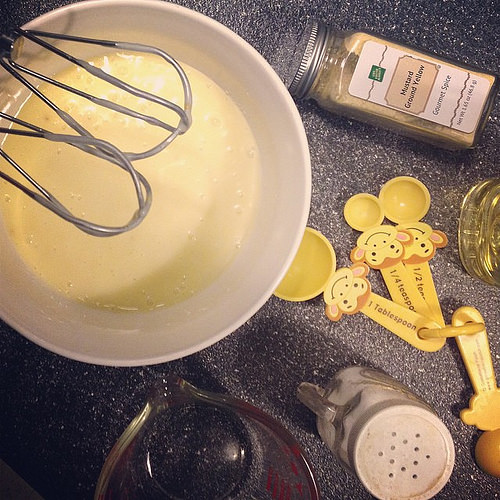
Mayonnaise
Nourishing Traditions Cookbook also favors homemade mayonnaise, made with whey, which extends the shelf life, and adds beneficial enzymes and nutrients, particularly lipase. Lipase, produced primarily by the pancreas, is an enzyme that breaks down fat in food for absorption in the intestines.
Fallon’s cookbook presents information from Dr. Edward Howell’s book, Food Enzymes for Health and Longevity. Dr. Howell points out that “a high enzyme potential is one way the body” deals with toxins and environmental stressors like radiation, tobacco smoke, and an array of toxic chemicals. Enzymes are therefore crucial in preventing and curing diseases.
There are seven mayonnaise recipes in the Nourishing Traditions cookbook, including Herbed Mayonnaise, Creole Mayonnaise, and Curried Mayonnaise. The basic mayonnaise recipe includes eggs and extra virgin olive oil or expeller-pressed sunflower oil. Whey is used as the fermenting agent. Note however that this homemade mayo is slightly runny compared to the less healthy, mass produced, commercial counterpart.
Sally Fallon on Raw Milk Products
Western A. Price Mission Statement
Resources
Information for this hub is from Nourishing Traditions, revised second edition by Sally Fallon with Mary G. Enig, Ph.D. The cover states: The subtitle is: The Cookbook that Challenges Politically Correct Nutrition and the Diet Dictocrats. To say that Nourishing Traditions Cookbook is a wealth of information is colossal understatement. Each page has wide margins beside the recipes with supplemental information, not only by Fallon and Enig, but from countless experts and publications. NT indeed challenges many common assumptions about food, such as how we look at fats, including milk fats. It also introduces concepts new to many, such as the importance of fermented foods.
Disclaimer
This article is not intended to be a substitute for professional medical advice, diagnosis or treatment. You take full legal responsibility for whatever decisions you make regarding your own health care. Consult your healthcare provider before embarking on major lifestyle changes.




